Product Detail
Product NameEGFR Rabbit mAb
Clone No.SP00-86
Host SpeciesRecombinant Rabbit
Clonality Monoclonal
PurificationProA affinity purified
ApplicationsWB, ICC/IF, IHC, IP, FC
Species ReactivityHu, Ms, Rt
Immunogen Descrecombinant protein
ConjugateUnconjugated
Other NamesAvian erythroblastic leukemia viral (v erb b) oncogene homolog antibody Cell growth inhibiting protein 40 antibody Cell proliferation inducing protein 61 antibody EGF R antibody EGFR antibody EGFR_HUMAN antibody Epidermal growth factor receptor (avian erythroblastic leukemia viral (v erb b) oncogene homolog) antibody Epidermal growth factor receptor (erythroblastic leukemia viral (v erb b) oncogene homolog avian) antibody Epidermal growth factor receptor antibody erb-b2 receptor tyrosine kinase 1 antibody ERBB antibody ERBB1 antibody Errp antibody HER1 antibody mENA antibody NISBD2 antibody Oncogen ERBB antibody PIG61 antibody Proto-oncogene c-ErbB-1 antibody Receptor tyrosine protein kinase ErbB 1 antibody Receptor tyrosine-protein kinase ErbB-1 antibody SA7 antibody Species antigen 7 antibody Urogastrone antibody v-erb-b Avian erythroblastic leukemia viral oncogen homolog antibody wa2 antibody Wa5 antibody
Accession NoSwiss-Prot#:P00533
Uniprot
P00533
Gene ID
1956;
Calculated MW150/50 kDa
Formulation1*TBS (pH7.4), 1%BSA, 40%Glycerol. Preservative: 0.05% Sodium Azide.
StorageStore at -20˚C
Application Details
WB: 1:1,000-1:2,000
IHC: 1:50-1:200
ICC: 1:100-1:500
FC: 1:50-1:100
Western blot analysis of EGFR on different lysates using anti-EGFR antibody at 1/1,000 dilution. Positive control: Lane 1: Hela Lane 2: 293T Lane 3: Human skin
Immunohistochemical analysis of paraffin-embedded human breast carcinoma tissue using anti-EGFR antibody. Counter stained with hematoxylin.
Immunohistochemical analysis of paraffin-embedded mouse brain tissue using anti-EGFR antibody. Counter stained with hematoxylin.
Immunohistochemical analysis of paraffin-embedded mouse skin tissue using anti-EGFR antibody. Counter stained with hematoxylin.
Immunohistochemical analysis of paraffin-embedded human tonsil tissue using anti-EGFR antibody. Counter stained with hematoxylin.
ICC staining EGFR in Hela cells (green). The nuclear counter stain is DAPI (blue). Cells were fixed in paraformaldehyde, permeabilised with 0.25% Triton X100/PBS.
ICC staining EGFR in A431 cells (green). The nuclear counter stain is DAPI (blue). Cells were fixed in paraformaldehyde, permeabilised with 0.25% Triton X100/PBS.
ICC staining EGFR in SHG-44 cells (green). The nuclear counter stain is DAPI (blue). Cells were fixed in paraformaldehyde, permeabilised with 0.25% Triton X100/PBS.
Flow cytometric analysis of A431 cells with EGFR antibody at 1/50 dilution (red) compared with an unlabelled control (cells without incubation with primary antibody; black). Alexa Fluor 488-conjugated goat anti rabbit IgG was used as the secondary antibody.
The EGF receptor family comprises several related receptor tyrosine kinases that are frequently overexpressed in a variety of carcinomas. Members of this receptor family include EGFR (HER1), Neu (ErbB-2, HER2), ErbB-3 (HER3) and ErbB-4 (HER4), which form either homodimers or heterodimers upon ligand binding. Exons in the EGFR gene product are frequently either deleted or duplicated to produce deletion mutants (DM) or tandem duplication mutants (TDM), respectively, which are detected at various molecular weights. EGFR binds several ligands, including epidermal growth factor (EGF), transforming growth factor α (TGFα), Amphiregulin and heparin binding-EGF (HB-EGF). Ligand binding promotes the internalization of EGFR via Clathrin-coated pits and its subsequent degradation in response to its intrinsic tyrosine kinase. EGFR is involved in organ morphogenesis and maintenance and repair of tissues, but upregulation of EGFR is associated with tumor progression. The oncogenic effects of EGFR include initiation of DNA synthesis, enhanced cell growth, invasion and metastasis. Abrogation of EGFR results in cell cycle arrest, apoptosis or dedifferentiation of cancer cells, suggesting that EGFR may be an effective therapeutic target.
If you have published an article using product 48714, please notify us so that we can cite your literature.


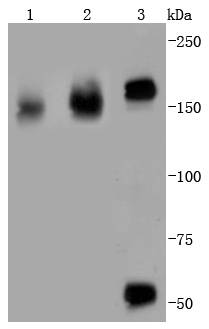
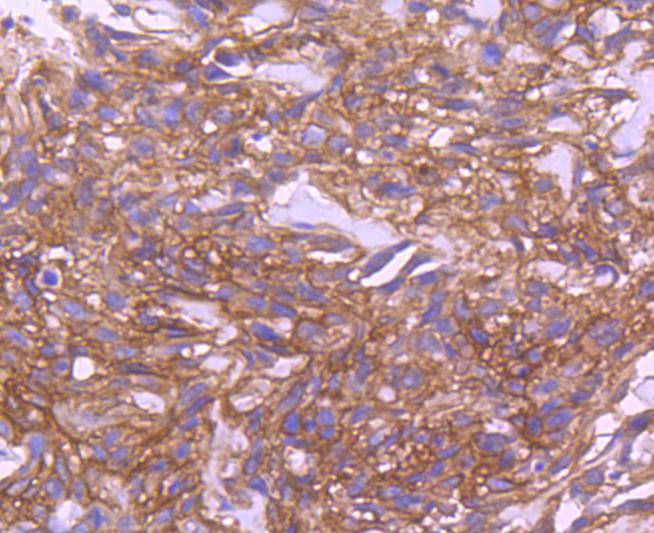
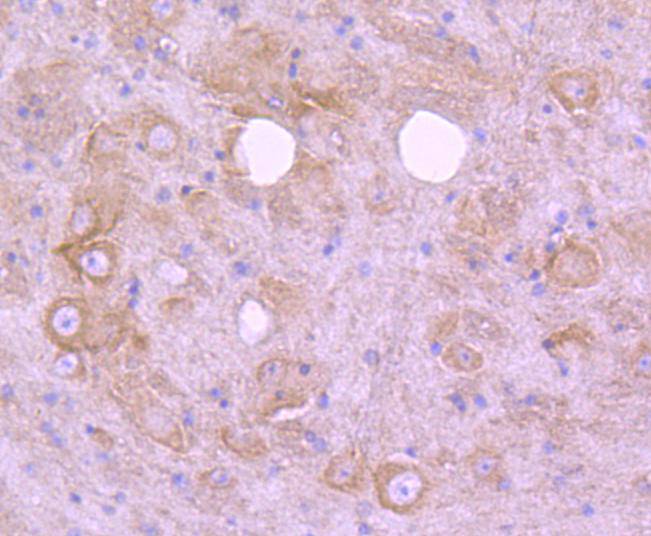
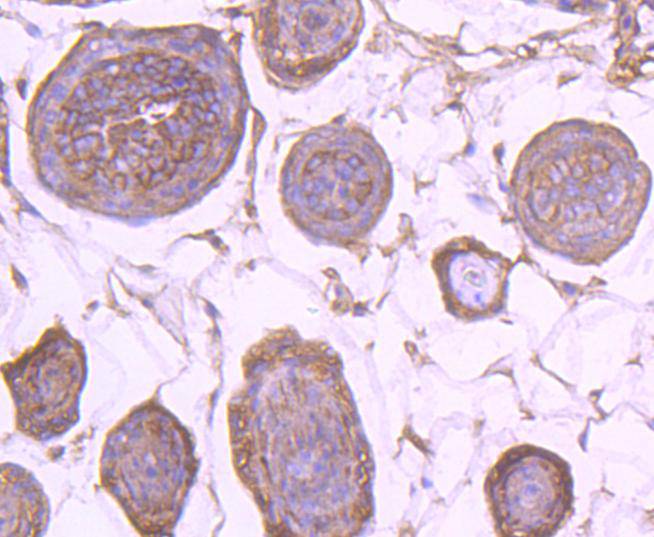



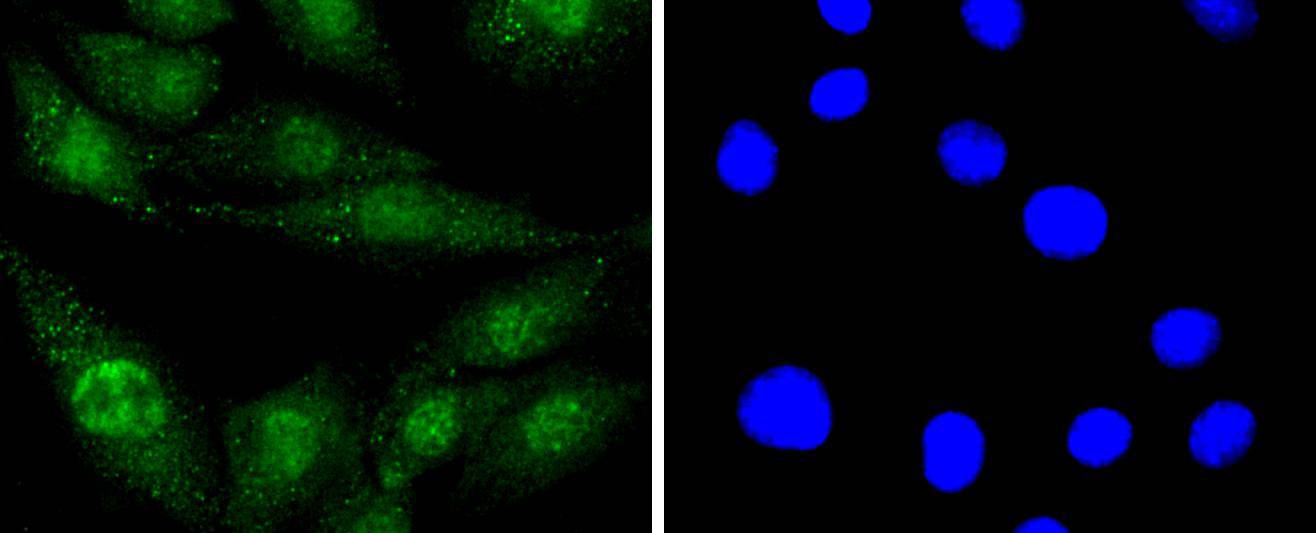
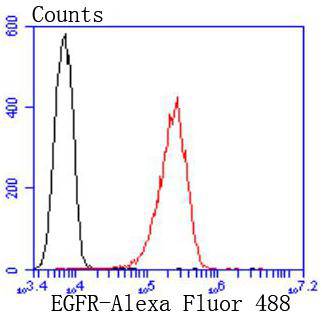
 Yes
Yes



